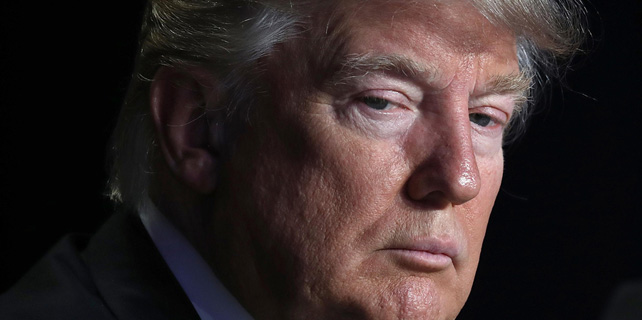Chinese economy expected to continue stabilizing in 2017: Economist
SHENZHEN - The Chinese economy is expected to continue to stabilize in 2017 as several factors will combine to support the trend, a Chinese economist said Thursday.
Domestic demand is expected to improve in 2017 as there is still much room for infrastructure investment to grow while manufacturing investment might also pick up, said Li Wei, head of the Development Research Center of the State Council.
The country's export growth may enter positive territory this year, he said during the Center's national policy consultation work conference held in the southern city of Shenzhen.
China's economic growth held steady in 2016, with improved power and crude steel output as well as auto sales, Li highlighted.
The producer price index, which measures the cost of goods at the factory gate, has stayed in positive territory since September last year, when it ended a four-year streak of declines thanks, in part, to the government's successful campaign to cut industrial overcapacity.
China's major industrial firms reported an 8.5 percent profit increase in 2016, reversing the 2.3 percent decline registered in 2015. Meanwhile, China created 13.14 million new jobs for urban residents, exceeding the target of 10 million.
"All these signs showed that the imbalance between supply and demand is easing and the quality of economic growth is improving," said Li.
Besides, major international agencies forecast world economy would edge up this year.
However, Li also warned of uncertainties in global markets and suggested that concrete steps should be taken to guard against financial risks.
The World Bank in January kept its forecast for China's economic growth rate for 2017 at 6.5 percent, saying that the economy will continue sustainable growth as it is rebalancing from manufacturing to services, despite reemerging concerns over the property market.
The Chinese economy grew 6.7 percent year on year in 2016, the lowest reading in nearly three decades, but within the government's target range.









